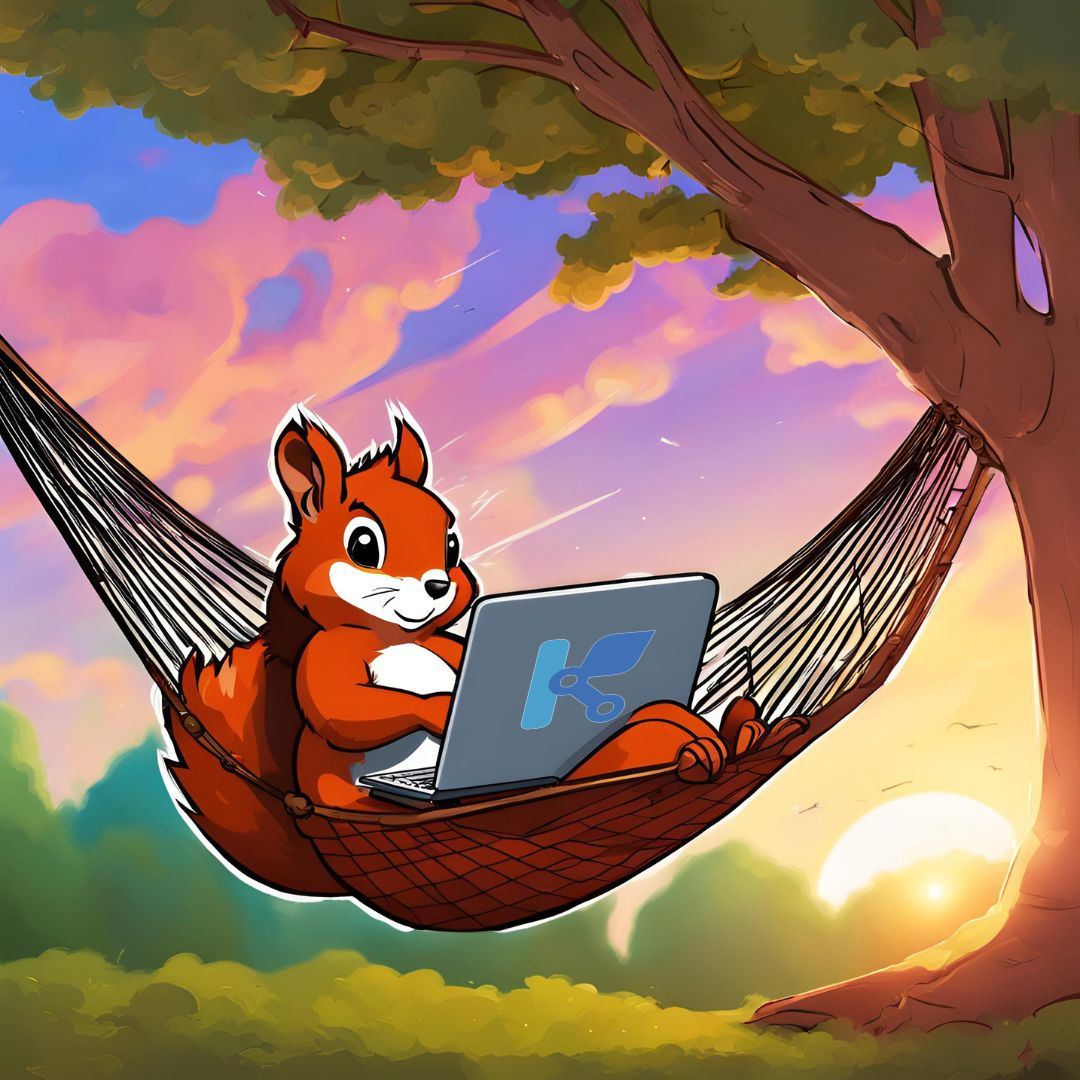The Flatpak is already packaged and works well. It just needs to be maintained from a person that joins the Inkscape community.
This would allow further improvements like Portal support and making the app official on Flathub.
Update: One might have been found!



~/Applicationsis no a random place, it comes from macos. And what is appimagepool?You mean appimagetool? that’s used to turn the AppDir into an appimage.
If you meant appimagelauncher,
~/Applicationsis the default location but it can be changed to any location.See that lock next to some appimages? Yes that’s aisap sandbox..
It isn’t perfect though, right now its biggest limitation is that a sandboxed appimage can’t launch another sandboxed appimage. But dbus, pipewire, vulkan, themes, etc works.
You can totally do that with appimages once they are integrated into the system by the previously mentioned tools, those menus rely on desktop entries in
$XDG_DATA_HOME/Applications.Good thing we have choices on linux, you can make your entire home not executable if you want to.
I like to keep all the software that I need in my home, because that way I don’t depend on what my distro provides. I can just drop my home anywhere (besides a musl distro) and I’m ready to go, I even have my window manager as an appimage because I couldn’t compile it statically.
AppImage is just a format, same as a deb or rpm, you decide how you handle it afterwards.
Same link again: https://github.com/AppImageCommunity/AppImageUpdate
Many of the appimage devs actually worked on making zsync2 for this: https://github.com/AppImageCommunity/zsync2
You mean the APK itself does the signature verification or what? With appimage it is AppImageUpdateTool that does the verification.
Again this nonsense.
You still have that github repo saying that appimages bloat the system when that is a total lie. they can even use less storage than native packages let alone comparing it to flatpak…